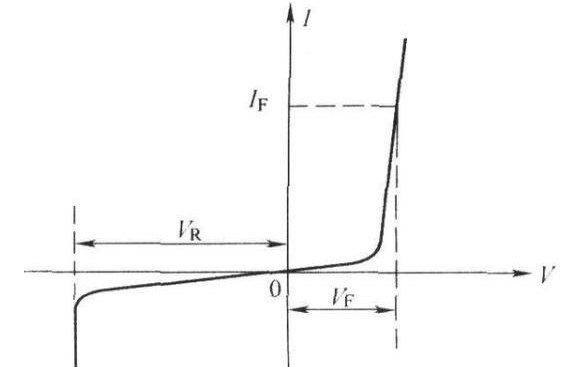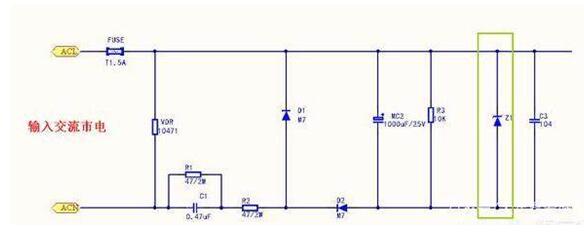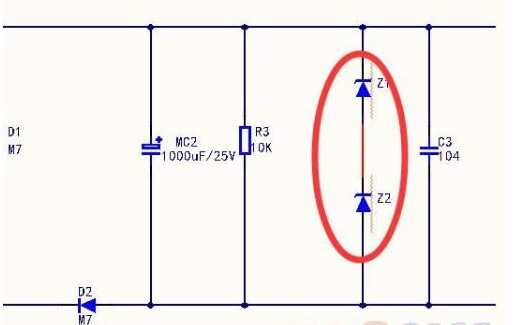For the knowledge of diodes , various types of diodes are often used. Ordinary diodes are the most common, and Zener diodes are used more. So what are the differences between ordinary diodes and Zener diodes?
The difference between ordinary diodes and Zener diodes
Ordinary diodes and Zener diodes are both diodes in terms of production structure. The diode has unidirectional conductivity. When the diode works in the forward conduction region, if the voltage applied across the diode is greater than the conduction voltage of the diode, it can actually The diode is regarded as a short circuit, because the resistance of the diode working in the forward conduction region is very small, and the voltage drop is very small. Ordinary diodes generally work in the forward conduction region. Usually the conduction voltage of the silicon tube is 0.7V, and the germanium tube will be lower. One point, this 0.7V is practically negligible relative to voltages of tens of volts.

The Zener diode works in the reverse breakdown region, and the breakdown is not a damaged breakdown, but a voltage greater than the voltage regulator voltage of the Zener diode, that is, the part where the voltage exceeds is similar to a breakdown leakage. It can be seen from the above figure that when the current in the reverse breakdown zone increases, the voltage change is actually very small, that is, when the voltage remains unchanged, the current can change at will within a certain range, so the effect of voltage regulation is produced.

The voltage at both ends of the Zener tube cannot change with it. A resistor must be connected in series on the Zener tube to divide the voltage and limit the current. When the power supply voltage is different from the voltage of the Zener tube, it can also ensure its normal operation. It can prevent the voltage regulator tube from being burned out due to excessive current.
Ordinary diodes, such as light-emitting LEDs, rectifier diodes, etc. work in forward conduction. If it is a silicon tube, the conduction voltage is about 0.7V, while the germanium tube only needs about 0.3V for conduction. The voltage of each different diode is turned on. It is different, and only a single forward current is allowed to flow; however, when the reverse voltage is applied, Zener breakdown or avalanche breakdown occurs when the voltage reaches a certain value, and the 1N4148 that is commonly used is usually 50V. As shown in the figure below, add a voltage of 5V to the light-emitting diode , and at the same time add a current limiting resistor of 330 ohms.

The Zener diode works in the reverse state, and uses the feature that the voltage is almost constant within a certain range to achieve voltage regulation, as shown in the following figure:

If you need to achieve a larger voltage regulation, you can connect two Zener diodes in series, as shown below:


